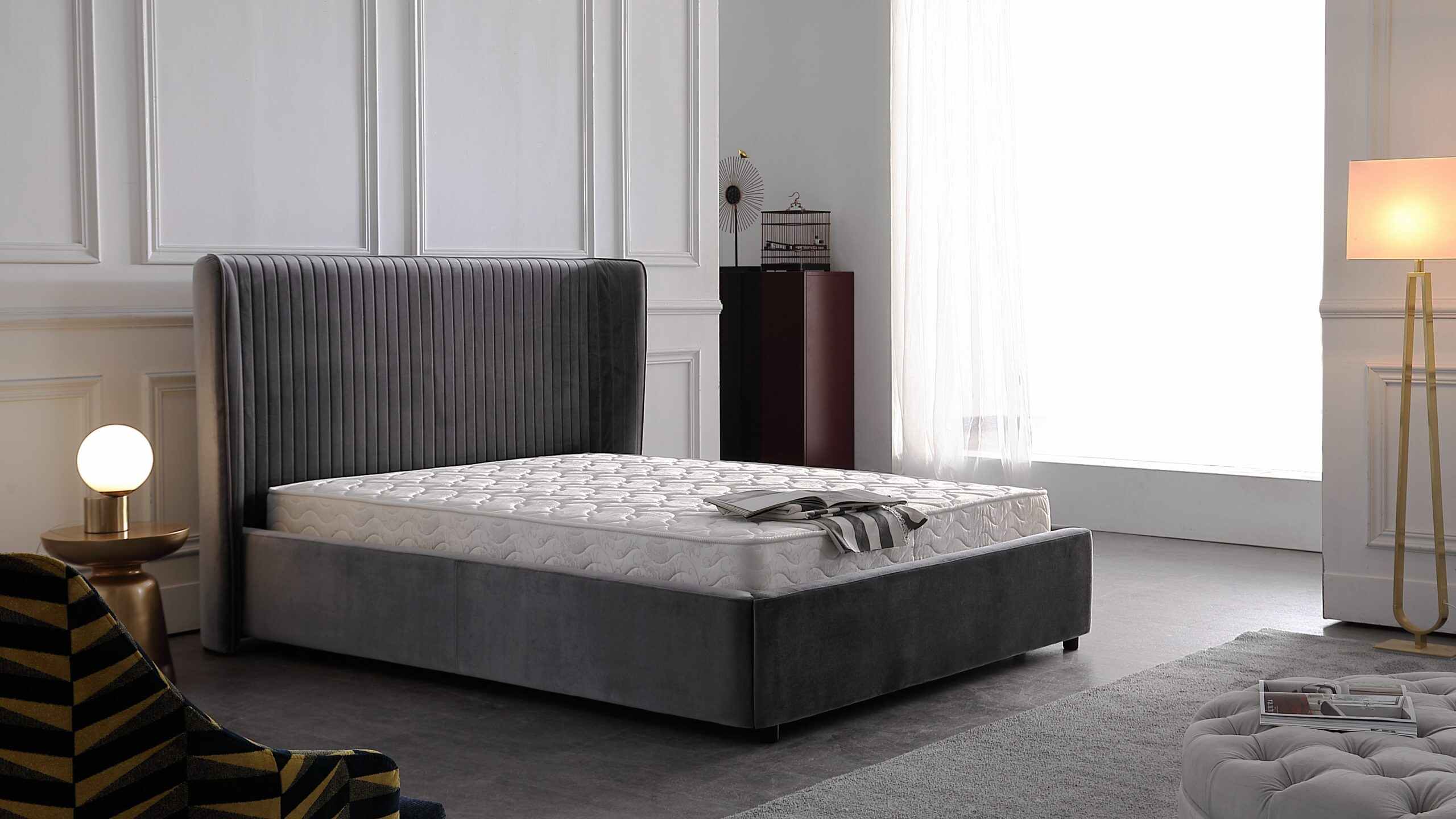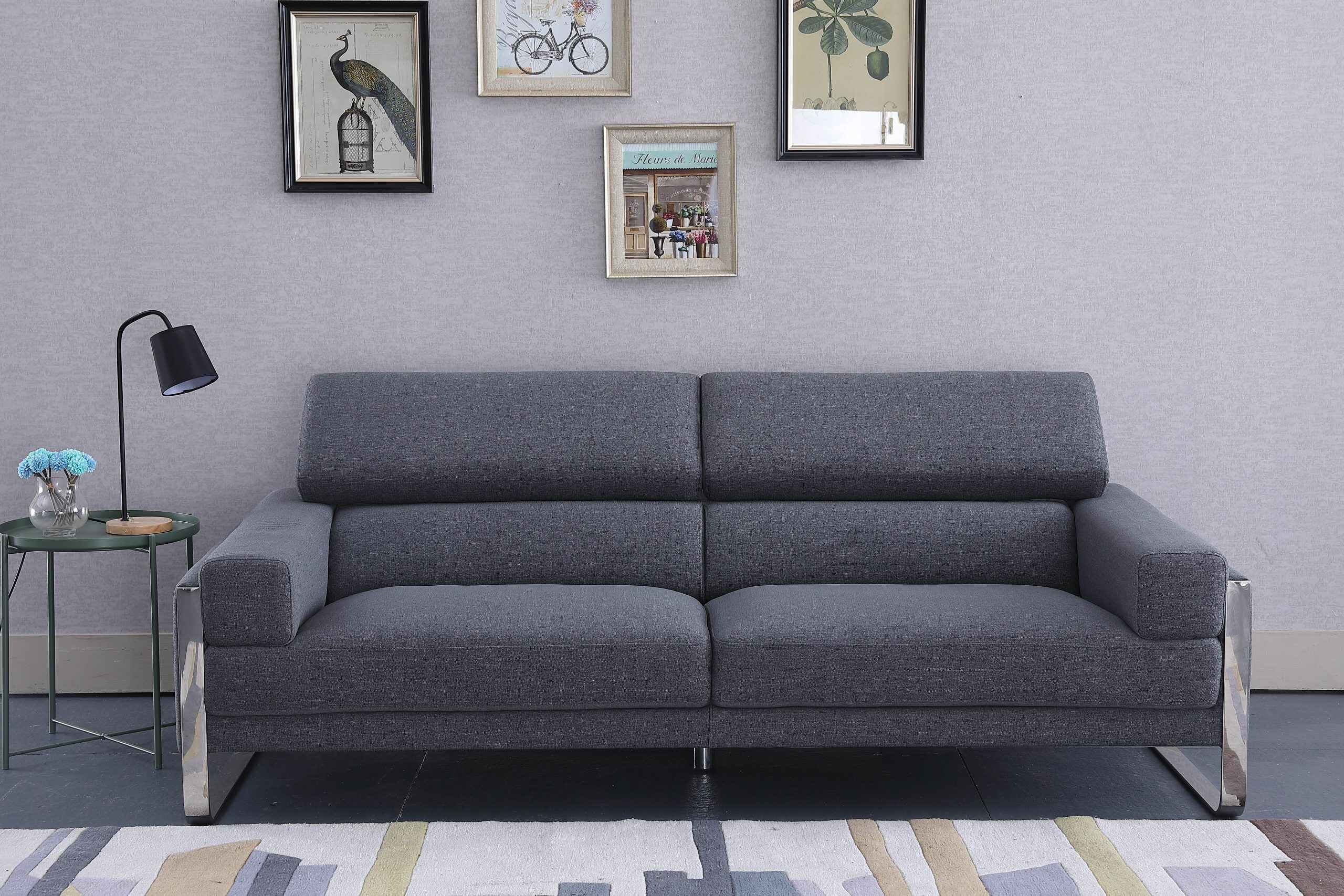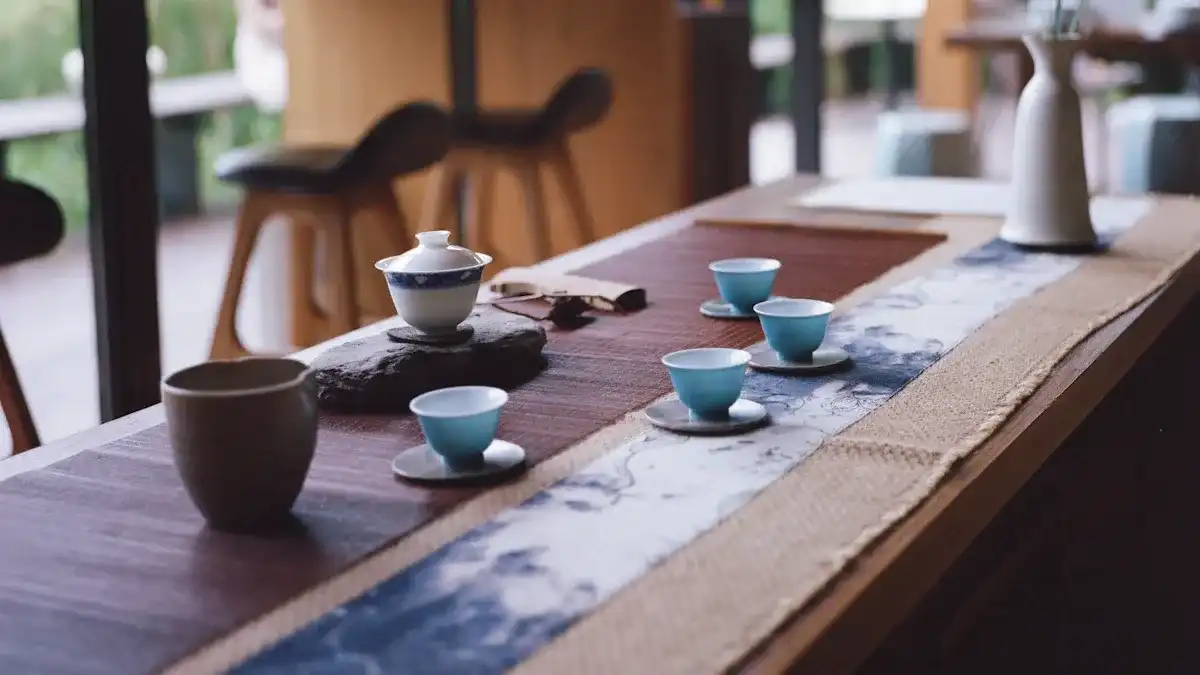Address
No.3 Chengcai Road, Leliu Town, Shunde District, Foshan City, Guangdong, China 528322
Address
No.3 Chengcai Road, Leliu Town, Shunde District, Foshan City, Guangdong, China 528322
Chinese furniture is unique for its traditional joinery, symbolic motifs, and premium materials like Huanghuali, blending artistry, functionality, and cultural heritage.


Chinese furniture stands apart for its perfect balance of art and practicality. You will notice its designs reflect centuries of quality craftsmanship and cultural heritage. Each piece tells a story, combining traditional Chinese décor with timeless elegance. Over the past decade, the demand for this furniture has surged. Urbanization, rising incomes, and economic stability have driven its growing popularity. Changing tastes and the rise of e-commerce have also brought Chinese furniture into modern homes worldwide. This blend of tradition and innovation makes it a symbol of enduring appeal.
Chinese furniture mixes beauty and usefulness, showing years of skill and culture.
Old joinery methods, like mortise and tenon, make it strong and pretty without nails or screws.
Designs with symbols share stories and show cultural meanings, linking furniture to history.
Chinese furniture fits modern homes, blending old styles with new ideas for many uses.
Buying real Chinese furniture makes your home lovely and keeps old skills alive for the future.

Chinese furniture is renowned for its understated beauty. You will notice that its designs emphasize clean lines and minimal ornamentation, creating a sense of balance and tranquility. This simplicity stems from the use of harmonious proportions, which give each piece a pleasing aesthetic. For example:
The symmetry in chairs and tables reflects a commitment to visual balance.
The quality of materials, such as hardwoods, enhances the natural beauty of the furniture.
Traditional joinery techniques, perfected over centuries, ensure precision and durability.
The craftsmanship of joinery deserves special attention. Artisans use intricate systems to connect pieces without nails or screws. This method highlights their dedication to both elegance and functionality. The smooth transitions between components create a fluid design that feels timeless. When you bring such furniture into your home, it adds a touch of sophistication to your interior.
Chinese furniture often incorporates decorative motifs that carry deep cultural meanings. These motifs are not just ornamental; they tell stories and convey values. For instance, mythical animals like dragons and phoenixes symbolize power and prosperity. Floral patterns, such as peonies and lotuses, represent beauty and purity.
Historical artifacts provide fascinating examples of this symbolism. Yu Hong’s sarcophagus panels, for instance, feature mythical creatures and feasting scenes. These designs blend traditional Chinese elements with foreign influences, creating a rich tapestry of cultural expression. You can see how these motifs elevate the furniture from mere utility to a form of storytelling. By including such pieces in your interior, you connect with a legacy of art and meaning.
The proportions of Chinese furniture reflect a deep understanding of harmony. Each piece is designed to fit seamlessly into its surroundings, whether in a traditional Chinese interior design or a modern home. The focus on symmetry and balance ensures that the furniture complements the space without overwhelming it.
This sense of harmony aligns with principles from Chinese philosophy, such as Confucianism and Taoism. These philosophies emphasize balance and order, which are evident in the furniture’s design. For example, a Ming dynasty chair might feature a high backrest and curved armrests, creating a perfect blend of comfort and elegance. When you incorporate such iconic designs into your home, you achieve a sense of unity and peace.
Chinese furniture showcases a remarkable level of quality craftsmanship through its traditional joinery techniques. These methods avoid nails, screws, or glue, relying instead on precise interlocking joints like mortise and tenon. You will find that this approach not only enhances the furniture’s durability but also preserves its aesthetic appeal.
Mortise and tenon joints create strong, stable structures that stand the test of time.
Artisans achieve gapless, perfectly fitting joints through exceptional skill and precision.
The Forbidden City in Beijing serves as a testament to the enduring strength of these techniques, as its wooden structures have lasted for centuries.
Studies comparing traditional joinery with modern fasteners reveal the superior tensile performance and load-carrying capacity of these ancient methods. For example, joints with multiple teeth, like box joints, demonstrate remarkable strength under tension and compression. This durability ensures that Chinese furniture remains a lasting investment for your home.
The intricate carvings and inlays in Chinese furniture elevate it from functional pieces to works of art. You will notice that artisans use these techniques to add depth and character to each design. Carvings often depict symbolic motifs, such as dragons for power or lotuses for purity, connecting the furniture to Chinese cultural heritage.
Inlays, on the other hand, involve embedding materials like mother-of-pearl, jade, or precious metals into the wood. This technique creates stunning contrasts and highlights the natural beauty of the materials. For example:
A Ming dynasty table might feature floral carvings paired with jade inlays, creating a harmonious blend of elegance and symbolism.
The precision required for these crafts reflects the dedication of artisans to traditional craftsmanship.
When you choose furniture with such intricate details, you bring a piece of history and artistry into your space.
Lacquering is one of the most iconic techniques in Chinese furniture-making. This ancient method involves applying multiple layers of lacquer to create a hard, durable finish. You will appreciate how this process enhances both the beauty and longevity of the furniture.
Lacquer protects against scratches and stains, making it ideal for high-use items like tables and chairs.
It offers a range of sheens, from matte to glossy, allowing you to customize the aesthetic to suit your interior.
Modern lacquering techniques have evolved to provide even greater durability while maintaining the traditional appeal.
Polishing complements lacquering by enhancing the wood’s natural grain and luster. When artisans carefully select the right methods and products, they achieve a finish that combines beauty with toughness. This attention to detail ensures that Chinese furniture retains its timeless charm while standing up to daily use.
Chinese furniture reflects the profound influence of Confucian and Taoist philosophies. Confucianism emphasizes order, harmony, and respect for tradition. You can see these values in the symmetrical designs and balanced proportions of furniture pieces. For example, chairs and tables often feature clean lines and structured forms that promote a sense of discipline and stability.
Taoism, on the other hand, celebrates simplicity and the connection to nature. This philosophy inspires the use of natural materials like wood and bamboo, as well as designs that flow organically. Taoist principles encourage you to create spaces that feel serene and in tune with the natural world. Together, these philosophies shape furniture that embodies both practicality and spiritual depth.
The Ming and Qing dynasties played pivotal roles in shaping the history of Chinese furniture. Ming dynasty furniture is celebrated for its minimalist aesthetics and ingenious craftsmanship. Artisans used fine hardwoods like Huanghuali and Zitan to create pieces with simple lines and elegant curves.
In contrast, Qing dynasty furniture embraced elaborate designs and intricate carvings. This shift reflected changing tastes and a growing appreciation for decorative elements. The table below highlights key differences between these two eras:
Feature | Ming Dynasty | Qing Dynasty |
|---|---|---|
Aesthetics | Minimalist, simple lines and curves | More elaborate, with intricate carvings |
Materials | Fine hardwoods like Huanghuali and Zitan | Increased use of wood carving techniques |
Craftsmanship | Ingenious joinery with mitre, mortise, and tenon | Emphasis on relief and openwork wood carving |
By incorporating Ming dynasty furniture into your home, you honor a legacy of simplicity and elegance. Qing designs, on the other hand, add a touch of opulence and artistic flair.
Feng Shui principles deeply influence the layout and design of Chinese furniture. These principles aim to create harmony between your living space and the natural world. For instance, placing a desk with a solid wall behind it and facing the entrance symbolizes control and preparedness.
Natural elements also play a vital role. Incorporating plants and water features fosters balance and rejuvenation. The table below outlines practical measures for integrating Feng Shui into your furniture arrangement:
Measure | Description |
|---|---|
Desk Placement | Position the desk with a solid wall behind it and facing the entrance, but not directly in line with it. |
Color Selection | Use colors like soft yellows for concentration and greens for growth. |
Natural Elements | Add plants and water features to connect with nature. |
Lighting | Ensure adequate lighting, preferably natural, to maintain energy levels. |
By following these principles, you can create a space that feels balanced, inviting, and connected to nature.

Chinese furniture often features rare and valuable hardwoods like Huanghuali and Zitan. These woods are prized for their durability, rich colors, and intricate grain patterns. Huanghuali, known for its golden-brown hue and fragrant scent, adds a luxurious touch to furniture. Zitan, with its deep purple-black tone, symbolizes wealth and status. Artisans favor these materials for their ability to hold fine carvings and their resistance to wear over time.
You will notice that furniture made from these hardwoods often showcases minimalist designs, allowing the natural beauty of the wood to shine. This approach aligns with traditional Chinese design principles, which emphasize harmony and simplicity. When you choose furniture crafted from Huanghuali or Zitan, you bring a piece of history and elegance into your home.
Bamboo and rattan are versatile materials widely used in Chinese furniture. These sustainable resources offer flexibility and strength, making them ideal for creating lightweight yet durable designs. Bamboo, in particular, benefits from modern innovations like flat-pack technology. This method transforms smaller bamboo segments into larger pieces, expanding its use in furniture and flooring. Improved adhesives further enhance bamboo’s versatility, allowing it to be used in products ranging from chairs to surfboards.
Bamboo and rattan contribute to the livelihoods of millions worldwide.
The global trade in these materials generates an estimated $14 billion annually.
Their adaptability makes them suitable for both traditional and contemporary furniture styles.
By incorporating bamboo or rattan furniture into your space, you embrace eco-friendly materials that blend functionality with timeless design.
Eco-friendly finishes play a crucial role in enhancing the aesthetic and longevity of Chinese furniture. These finishes not only protect the wood but also align with sustainable practices. Modern coatings, such as water-based and powder coatings, offer low VOC emissions, improving air quality while providing durable protection. Nanotechnology in finishes further enhances durability and adds self-cleaning properties without harmful chemicals.
Finish Type | Key Benefits |
|---|---|
Eco-Friendly Coatings | Environmentally friendly with better wear resistance than conventional finishes. |
Water-Based Coatings | Extremely low VOC, improving air quality and offering long-lasting protection. |
Powder Coating | Solvent-free, reducing hazardous waste and providing high durability. |
Nanotechnology Finishes | Enhances corrosion resistance and self-cleaning properties. |
When you select furniture with these finishes, you ensure a healthier living environment while preserving the natural beauty of the materials. This combination of sustainability and aesthetic appeal reflects the enduring values of Chinese design.
Chinese furniture seamlessly blends tradition with modernity, making it a versatile choice for contemporary spaces. Manufacturers are innovating by combining traditional craftsmanship with modern design elements. You’ll find pieces that integrate features like built-in USB ports and smart home compatibility, catering to today’s tech-savvy homeowners.
Fusion of traditional and modern elements enhances adaptability in diverse interiors.
Eco-friendly materials like bamboo and reclaimed wood align with sustainable design trends.
Compact designs fit well in urban apartments, reflecting the growing demand for space-efficient furniture.
This adaptability allows Chinese furniture to complement various styles, from minimalist to eclectic. Whether you’re decorating a studio apartment or a spacious home, these pieces bring a unique charm to your interior.
Authentic Chinese furniture holds significant collectible value, attracting enthusiasts worldwide. Its market size has reached ¥1 trillion, with an annual growth rate exceeding 10%. The projected compound annual growth rate (CAGR) through 2031 is over 7%, highlighting its increasing demand.
Purchasing authentic Chinese furniture requires caution. Fakes abound, and rookie collectors can easily be misled.
Metric | Value |
|---|---|
Market Size | ¥1 trillion |
Annual Growth Rate | Over 10% |
Projected CAGR through 2031 | 7%+ |
Collectors appreciate the quality craftsmanship and cultural significance of these pieces. Rising middle-class demand for quality living and a willingness to pay for innovative designs further boost its global recognition. When you invest in authentic Chinese furniture, you acquire not just a functional item but a piece of history and artistry.
Chinese furniture continues to preserve centuries-old craftsmanship techniques, ensuring its timeless appeal. Artisans remain committed to traditional methods like mortise-and-tenon joinery, intricate carvings, and lacquering. These techniques not only enhance durability but also celebrate the artistry behind each piece.
You’ll notice that this dedication to craftsmanship keeps the cultural heritage alive. By choosing furniture made using these methods, you support the preservation of Chinese traditions. This commitment ensures that future generations can appreciate the beauty and skill embedded in every design.
Chinese furniture exemplifies a perfect balance of tradition, artistry, and functionality. Ming dynasty designs highlight this harmony by blending ergonomic features, such as backrests shaped for comfort, with refined decoration methods that emphasize simplicity and the natural beauty of wood. You’ll find that these timeless qualities make Chinese furniture a cherished choice for collectors and homeowners alike. By preserving traditional techniques, artisans ensure that this legacy continues to inspire and captivate future generations.
Chinese furniture stands out for its use of traditional joinery, symbolic motifs, and premium materials like Huanghuali and Zitan. These elements reflect centuries of craftsmanship and cultural heritage. Unlike many modern styles, it emphasizes harmony, simplicity, and a deep connection to nature.
Look for traditional joinery techniques, high-quality hardwoods, and intricate carvings. Authentic pieces often feature symbolic motifs and natural finishes. Research the furniture’s origin and consult experts if needed. Avoid items with visible screws or glue, as these indicate modern reproductions.
Yes, Chinese furniture often features compact designs with clean lines and minimal ornamentation. Pieces like folding chairs or nesting tables save space while maintaining elegance. Bamboo and rattan furniture also offer lightweight, versatile options for smaller interiors.
Use a soft cloth to dust regularly. Avoid harsh chemicals; instead, use mild soap and water for cleaning. Keep furniture away from direct sunlight and moisture to prevent damage. Apply natural wax or oil occasionally to maintain the wood’s luster.
Its collectible value comes from its historical significance, craftsmanship, and use of rare materials. Ming and Qing dynasty pieces are especially sought after. Rising global demand and limited availability of authentic items further enhance their value as investments.